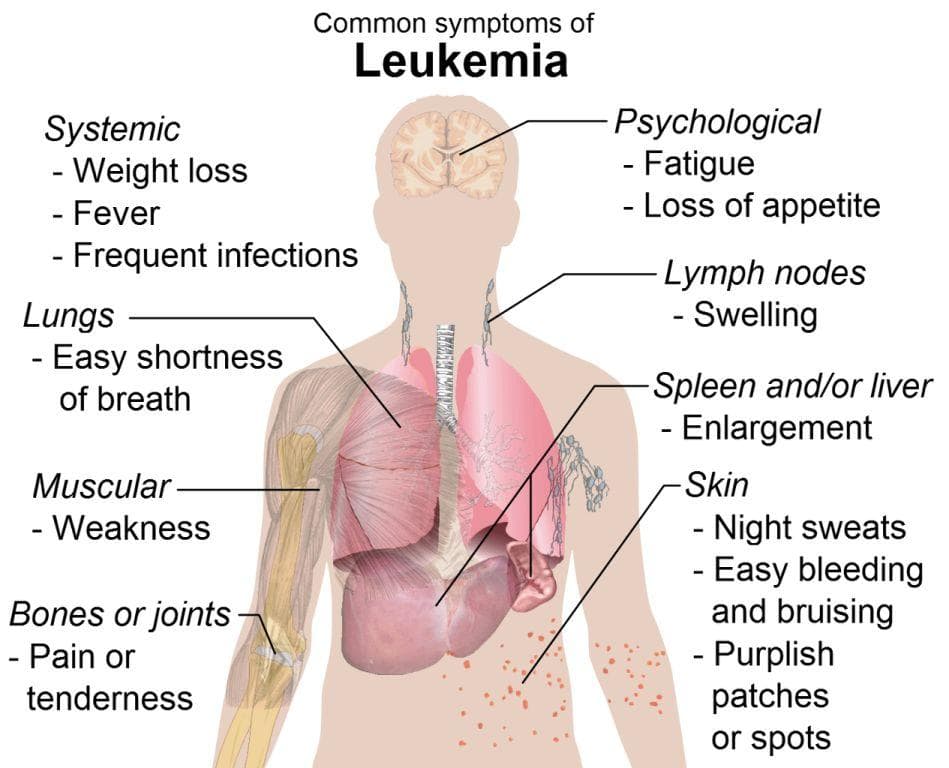Recognize These Signs: Early Indicators of Leukemia in Your Body
This article highlights key early signs of leukemia, helping individuals recognize symptoms like fatigue, bleeding, and fever for prompt diagnosis. Understanding these indicators can lead to earlier medical intervention, improving treatment outcomes. Read on to learn about leukemia types, symptoms, and the importance of early detection for better prognosis.

Recognize These Signs: Early Indicators of Leukemia in Your Body
Leukemia symptoms can often be subtle and easily overlooked. Being aware of changes in your body can lead to quicker diagnosis and treatment, improving outcomes.
What is leukemia?
Leukemia is a type of blood cancer originating in the bone marrow, where blood cells are produced. It causes abnormal white blood cells to grow rapidly, disrupting normal blood cell function. These cancerous cells can outnumber healthy cells, impairing immunity and leading to complications.
White blood cells fight infections, but when they malfunction due to leukemia, it can cause bleeding, anemia, and increased infection risk. The abnormal cells may also spread to lymph nodes and organs, resulting in pain and inflammation.
Types of leukemia
Leukemia is classified as either acute or chronic, based on how quickly symptoms develop. Acute leukemia progresses rapidly, causing severe symptoms soon after onset. Chronic leukemia advances more slowly, sometimes showing no symptoms for years.
It also varies by affected blood cell type: the main types include acute lymphoblastic leukemia (ALL), acute myeloid leukemia (AML), chronic lymphocytic leukemia (CLL), and chronic myeloid leukemia (CML). Other subtypes like hairy cell leukemia and promyelocytic leukemia are less common.
Recognizing early leukemia symptoms is vital, as they may be mild initially or develop swiftly depending on the type. Awareness of these signs can prompt timely medical consultation and improve treatment success. Common symptoms include fatigue, unexplained fever, bone or joint pain, frequent infections, small skin spots, abnormal bleeding, heavy periods, headaches, night sweating, breathlessness, weight loss, abdominal discomfort, and swelling in the upper stomach. Other signs involve swollen lymph nodes, anemia, low white blood cells, low platelets, and enlarged liver or spleen. Persistent flu-like symptoms should not be ignored, as early diagnosis significantly impacts prognosis.










